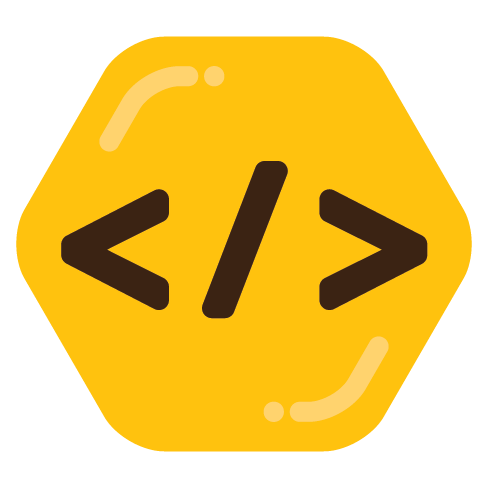

I did not double check, but I assume the macro is provided by std (which is allowed to use unstable items internally). This macro can be stabilised, even if the unstable features themselves are not stabilised yet.


I did not double check, but I assume the macro is provided by std (which is allowed to use unstable items internally). This macro can be stabilised, even if the unstable features themselves are not stabilised yet.


Nice to see continuous progress in Rust for Linux, especialy since it’s seems efforts to stabilise Rust features so that RLA doesn’t depend anymore on nightly seems to be fructiful.
I’m looking forward for when a big driver (like ashahi or the Nvdia one) are merged in master. It’s going to be a big milestone.


Like how the average computer user is never going to […] install Firefox or whatever.
Not right know but in 2005-2010 (or something like that), the average user was installing firefox because IE was so bad. It used to be at 80% market share IIRC.


vim can have IDE-like capabilities thanks to lsp and tree-sitter. That’s a real game changer and is quite easy to set-up with something like kickstart.nvim.
Would encoding images in oklch before compressing them using jppeg or whatever is used for video compression helps to have much better dark while still keeping current compression ratio?
This new OKLCH color space looks really nice to use. It’s surprising that it’s really human readable, I wouldn’t have guessed that you could do it for random colors.
I’m a bit surprised. Why does OKLAB gradiant looks better than OKLCH?


I use win+arrow key quite a lot too.
I’m taking the opportunity to ask something I wanted to know since a long time, but never asked. What is the difference between proton and wine?